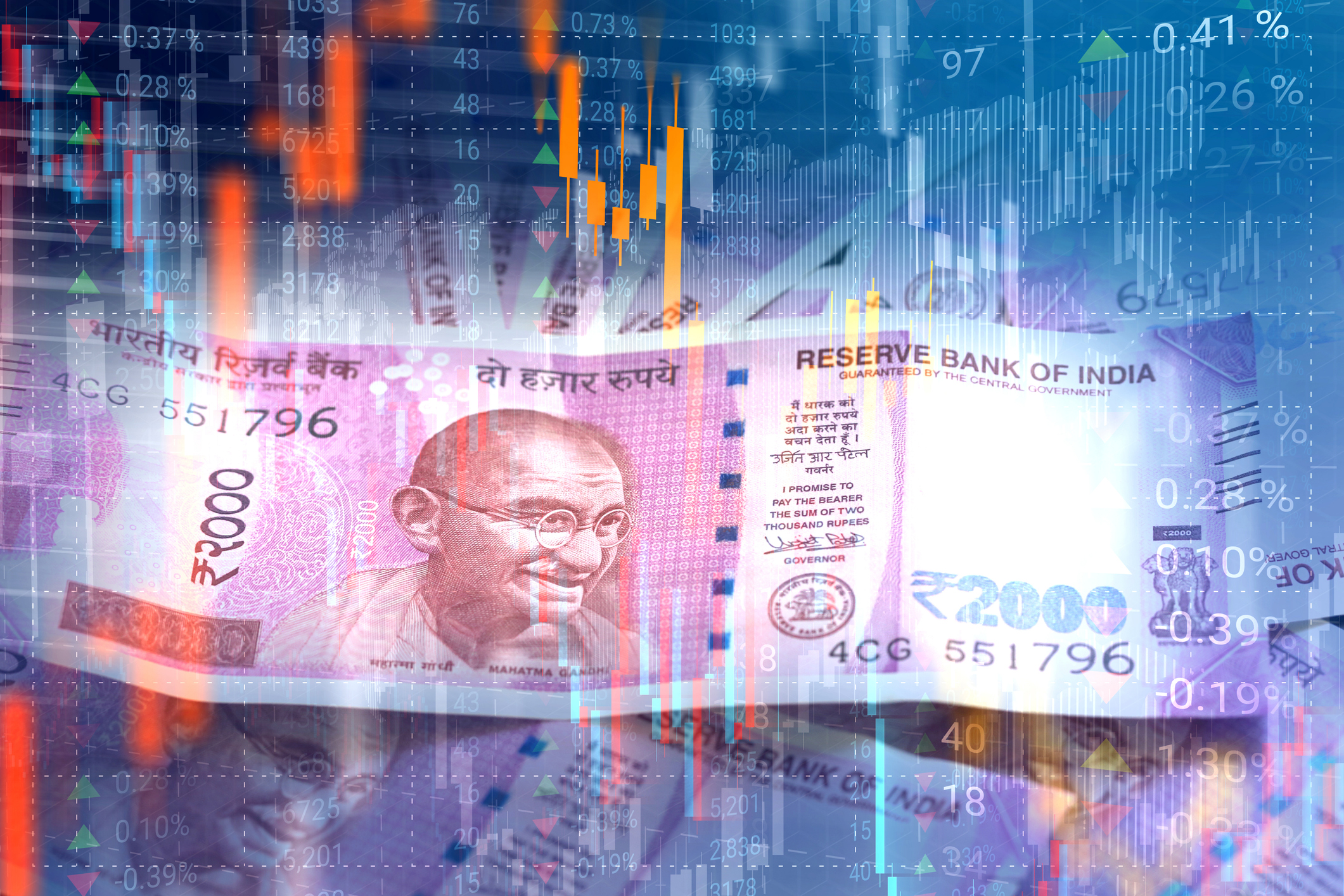Investor optimism ebbs in Indian stockmarkets
India’s BSE Sensex stockmarket index has fallen by almost 8% so far this year. Interest rates are on the rise, and foreign investors have been selling up.

“The bears are here for India’s stockmarkets,” says Megha Mandavia in The Wall Street Journal. “While a full-scale massacre isn’t necessarily imminent, investors should brace for a nasty mauling.”
India’s BSE Sensex index has been a top pandemic performer, gaining 77% over the past two years, despite a severe wave of Covid-19 in early 2021. Investors have been optimistic about the country – a thriving technology sector and major economic reforms are among the “novel confluence of forces standing to transform its economy over the next decade”, says The Economist. Yet the bullish mood may now be under threat for now. The Sensex has slid almost 8% so far this year.
The end of the party
The end of the party is partly due to the Reserve Bank of India (RBI). It recently raised rates for the first time in more than three years, by 0.4 percentage points to 4.4%, and is set to go much higher. Investment bank Goldman Sachs is forecasting a further 1.25 percentage point increase in rates this year.
MoneyWeek
Subscribe to MoneyWeek today and get your first six magazine issues absolutely FREE

Sign up to Money Morning
Don't miss the latest investment and personal finances news, market analysis, plus money-saving tips with our free twice-daily newsletter
Don't miss the latest investment and personal finances news, market analysis, plus money-saving tips with our free twice-daily newsletter
As in many countries, higher interest rates are being driven by soaring prices: domestic inflation hit a 17-month high of 6.95% this March, well above its target range of 2%-6%. However, the RBI has a distinctly tricky task ahead of it, says Mimansa Verma in Quartz India. Its challenges also include supporting the rupee, which faces multiple severe headwinds such as “soaring crude oil prices, the US Federal Reserve raising its interest rates, and an exodus of foreign money”. For example, the country imports 80% of its oil, so as oil prices soar, the current account deficit is set to increase. These factors help explain why the rupee has fallen against the US dollar, recording a new low of ₹77.73 a dollar this week.
Fleeing foreigners
These factors help to explain notably weaker demand for Indian stocks. “Foreign investors have been selling stocks in India since September, taking out nearly $24bn,” says Bloomberg. Now there are signs that domestic retail investors are starting to sell. High-flying tech stocks have been particularly hard-hit, with the sector falling by nearly 21% this year.
The performance of the country’s largest initial public offering (IPO) is another disappointing sign, says the Financial Times. This month, the government sold a 3.5% stake in state-run Life Insurance Corporation (LIC). While the IPO had been scaled back in size, it was still three times oversubscribed and priced at the top of its range. There were expectations that it would “yield windfalls for millions of investors”. Yet the shares fell 9% in their first day of trading this week. “The drop demonstrates that the country’s equity market is losing its appeal.”
Get the latest financial news, insights and expert analysis from our award-winning MoneyWeek team, to help you understand what really matters when it comes to your finances.
Alex is an investment writer who has been contributing to MoneyWeek since 2015. He has been the magazine’s markets editor since 2019.
Alex has a passion for demystifying the often arcane world of finance for a general readership. While financial media tends to focus compulsively on the latest trend, the best opportunities can lie forgotten elsewhere.
He is especially interested in European equities – where his fluent French helps him to cover the continent’s largest bourse – and emerging markets, where his experience living in Beijing, and conversational Chinese, prove useful.
Hailing from Leeds, he studied Philosophy, Politics and Economics at the University of Oxford. He also holds a Master of Public Health from the University of Manchester.
-
 ‘Why I have ditched my Help to Buy ISA for cash savings and the stock market’
‘Why I have ditched my Help to Buy ISA for cash savings and the stock market’Without the 25% bonus, my Help to Buy ISA is effectively redundant, says MoneyWeek writer Sam Walker.
-
 Is your inheritance tax allowance cut if you sell to downsize or sell your home to pay for care?
Is your inheritance tax allowance cut if you sell to downsize or sell your home to pay for care?Downsizing relief is a little-known benefit that could save your loved ones tens of thousands of pounds in inheritance tax after you’ve died.
-
 Modi’s reforms set Indian stocks on fire
Modi’s reforms set Indian stocks on fireIndian stocks pass a new milestone, but global fund managers are holding back. Are there signs of overheating?
-
 Halifax: House price slump continues as prices slide for the sixth consecutive month
Halifax: House price slump continues as prices slide for the sixth consecutive monthUK house prices fell again in September as buyers returned, but the slowdown was not as fast as anticipated, latest Halifax data shows. Where are house prices falling the most?
-
 Rents hit a record high - but is the opportunity for buy-to-let investors still strong?
Rents hit a record high - but is the opportunity for buy-to-let investors still strong?UK rent prices have hit a record high with the average hitting over £1,200 a month says Rightmove. Are there still opportunities in buy-to-let?
-
 Pension savers turn to gold investments
Pension savers turn to gold investmentsInvestors are racing to buy gold to protect their pensions from a stock market correction and high inflation, experts say
-
 Where to find the best returns from student accommodation
Where to find the best returns from student accommodationStudent accommodation can be a lucrative investment if you know where to look.
-
 The world’s best bargain stocks
The world’s best bargain stocksSearching for bargain stocks with Alec Cutler of the Orbis Global Balanced Fund, who tells Andrew Van Sickle which sectors are being overlooked.
-
 Revealed: the cheapest cities to own a home in Britain
Revealed: the cheapest cities to own a home in BritainNew research reveals the cheapest cities to own a home, taking account of mortgage payments, utility bills and council tax
-
 UK recession: How to protect your portfolio
UK recession: How to protect your portfolioAs the UK recession is confirmed, we look at ways to protect your wealth.